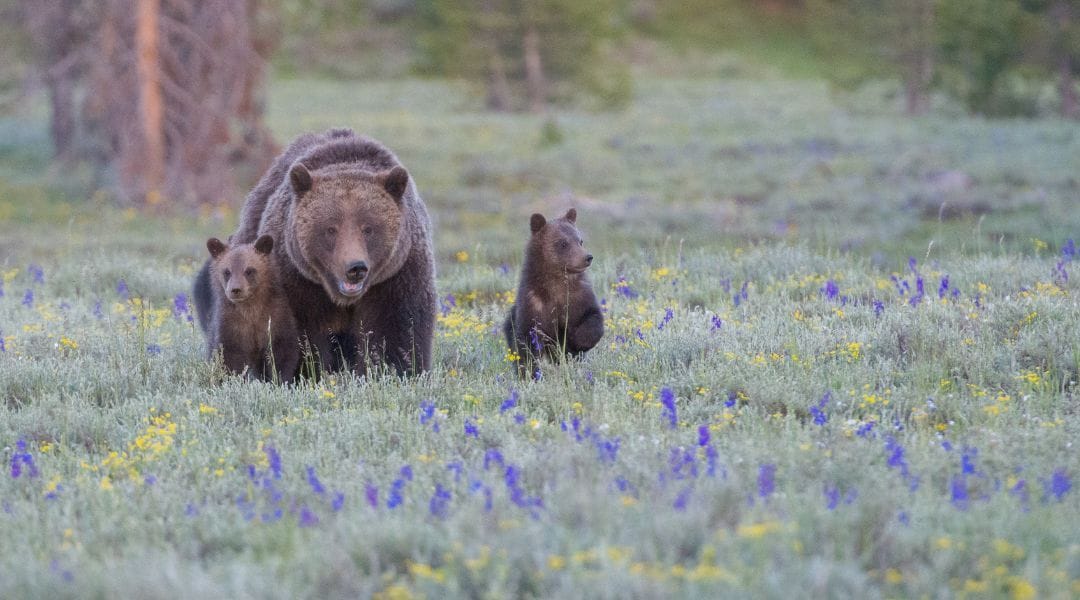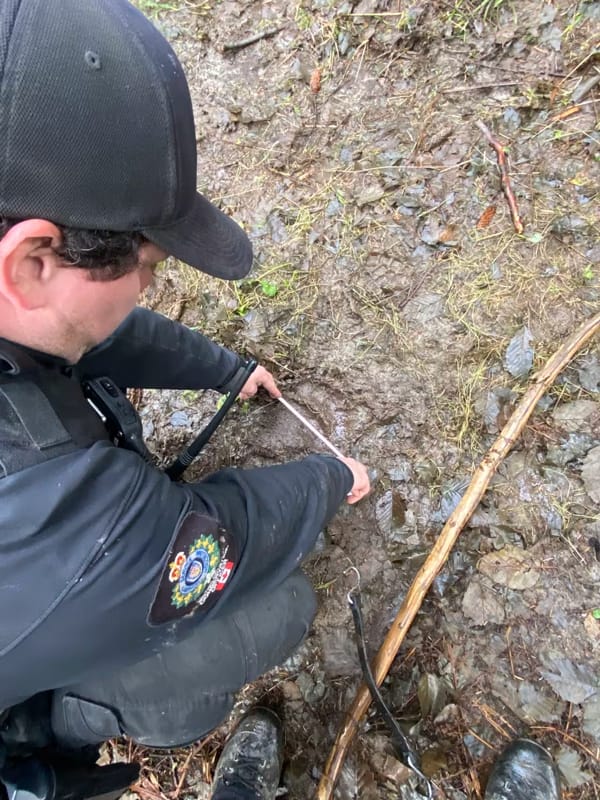
A peaceful school outing turned into a nightmare last Thursday when an adult grizzly sow with two cubs charged a group of 20 fourth- and fifth-grade students and their teachers from Acwsalcta School, an Indigenous-run institution in the Nuxalk Nation community of Bella Coola, British Columbia. The unprovoked attack, which unfolded along a riverside trail just minutes from town, left 11 people injured – four of them critically or seriously – and has reignited a fierce province-wide debate over British Columbia’s 2017 ban on grizzly bear hunting.
What began as a land-based learning outing was shattered in an instant when the grizzly sow exploded from the thick underbrush without warning, charging directly into the group in a rare and aggressive display. Eyewitness accounts describe a scene of pandemonium that caused children to scream in terror and scatter as the 400-pound bear barreled through the crowd of students. The sow, undeterred by the group's noise or proximity, targeted multiple individuals in a frenzy that officials later called "exceedingly rare" for its scale and lack of provocation.
According to reports, the teachers' response was nothing short of extraordinary, blending split-second bravery with the bear-awareness training ingrained in the community. Armed with two cans of bear spray and bear bangers they unleashed a barrage.
But when the spray failed to immediately halt the sow, despite direct hits to her eyes, the educators went hands-on. One male teacher, identified by relatives as a cousin of Hereditary Chief Noel Pootlass, "took the whole brunt" of the attack. He jumped onto the bear, punching and kicking it bare-handed while shielding children, sustaining devastating injuries including a ripped scalp requiring over 100 stitches, fractures to his skull, shoulder, elbow, and ankle.
Other teachers formed human barriers, grabbing students and dragging them to safety as the bear swiped and bit. Some children were inadvertently hit by the bear spray's cloud, adding to the confusion, but nine students managed to flee unharmed, sprinting back toward the school.
"I want to recognize the teachers who took great risk to protect their students," Tamara Davidson, BC’s minister of environment and parks said. "Their actions deserve our greatest respect and gratitude. They were well prepared, and they are the true heroes."

BCCO measures a bear track | BC Conservation Officer Service
After a frantic call reached B.C. Emergency Health Services reporting the attack, paramedics stabilized the wounded at Bella Coola Hospital before airlifting the most severe cases via the Joint Rescue Coordination Centre to Vancouver General Hospital.
Yet while the community heals, many outside the valley are asking a blunt question: could this tragedy have been prevented if British Columbia still allowed a limited, science-based grizzly bear hunt?
The incident has amplified longstanding debates on wildlife management, particularly the 2017 provincial ban on grizzly hunting. The B.C. Wildlife Federation quickly linked the attack to rising conflicts—citing a near-doubling of annual conservation calls from 300–500 pre-ban to nearly 1,000 now—arguing that without selective removal of "problem bears," animals lose fear of humans, passing bold behaviors to offspring. Executive Director Jesse Zeman called it a "nightmare scenario" long warned against, advocating for limited, science-based hunts akin to models in Yukon or Japan to target threats without trophy pursuits.
“This attack on schoolchildren is the nightmare scenario we’ve been warning about for eight years,” Zeman said in a follow-up interview. “It’s heartbreaking, but it is not surprising.”
British Columbia has invested heavily in bear-resistant garbage bins, electric fencing, and education programs since the ban. Bear spray and aversive conditioning remain the frontline defences. But as the Bella Coola incident demonstrated, even well-prepared groups can be overwhelmed when a grizzly decides to charge.
“Two full cans of bear spray in the face and the bear kept coming,” one conservation officer said. “That’s not normal defensive behaviour. That’s a bear that has never learned to associate humans with negative consequences.”

As of today, the sow and her cubs remain at large, prompting a virtual lockdown in the Four Mile area. Residents were ordered indoors, trails closed, and visitors deterred. The B.C. Conservation Officer Service, bolstered by additional officers and an RCMP helicopter equipped with thermal imaging, deployed live traps and patrols.
"We recognize this incident is distressing," Inspector Kevin Van Damme of the Conservation Officer Service said. "We're in close contact with the Nuxalk Nation for collaborative safety."

